Escapes from the Venetian Prisons
Related Tours
Anyone visiting the Doge’s Palace in Venice will also experience its famous prisons. The former jail is connected to the stately halls of the Palace by the Bridge of Sighs, a covered passage built across the Rio di Palazzo, the canal that flows between the two buildings.
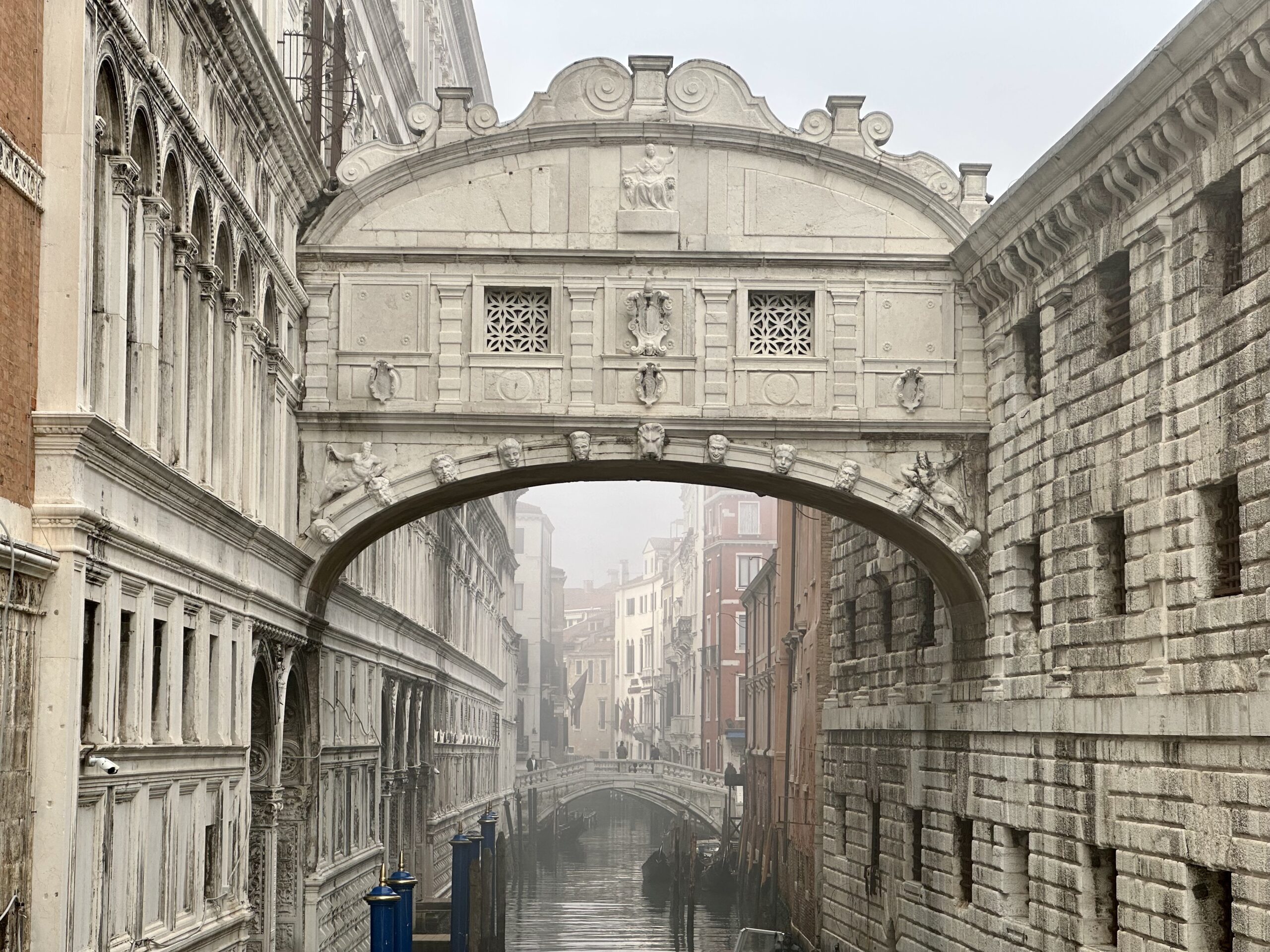
Other prison cells can be found on the ground level of the Palace and below its roof: these were known as the pozzi (wells) and the piombi (lead cells), and were reserved for political prisoners.
It was from the piombi that Venice’s most famous prisoner, Giacomo Casanova, succeeded in escaping on Halloween night in the year 1756. Casanova narrated his adventurous escape in his memoirs, so the story became widely known all over Europe and is still very popular nowadays.
Was Casanova the only one who escaped from the Venetian prisons?
Absolutely not: jailbreaks were frequent in Venice, although not always successful… below are a few examples, not as famous as Casanova’s but just as adventurous!
In Venice, you always need a boat!
Until the late 16th century, all cells for prisoners were located inside the Doge’s Palace, most of them on the ground floor of the building. Even at that time, therefore, the must-have for a successful escape was a boat ready and waiting in the Rio di Palazzo to whisk the escapees away as far and as fast as possible. If this was not carefully planned in advance, things could go wrong…
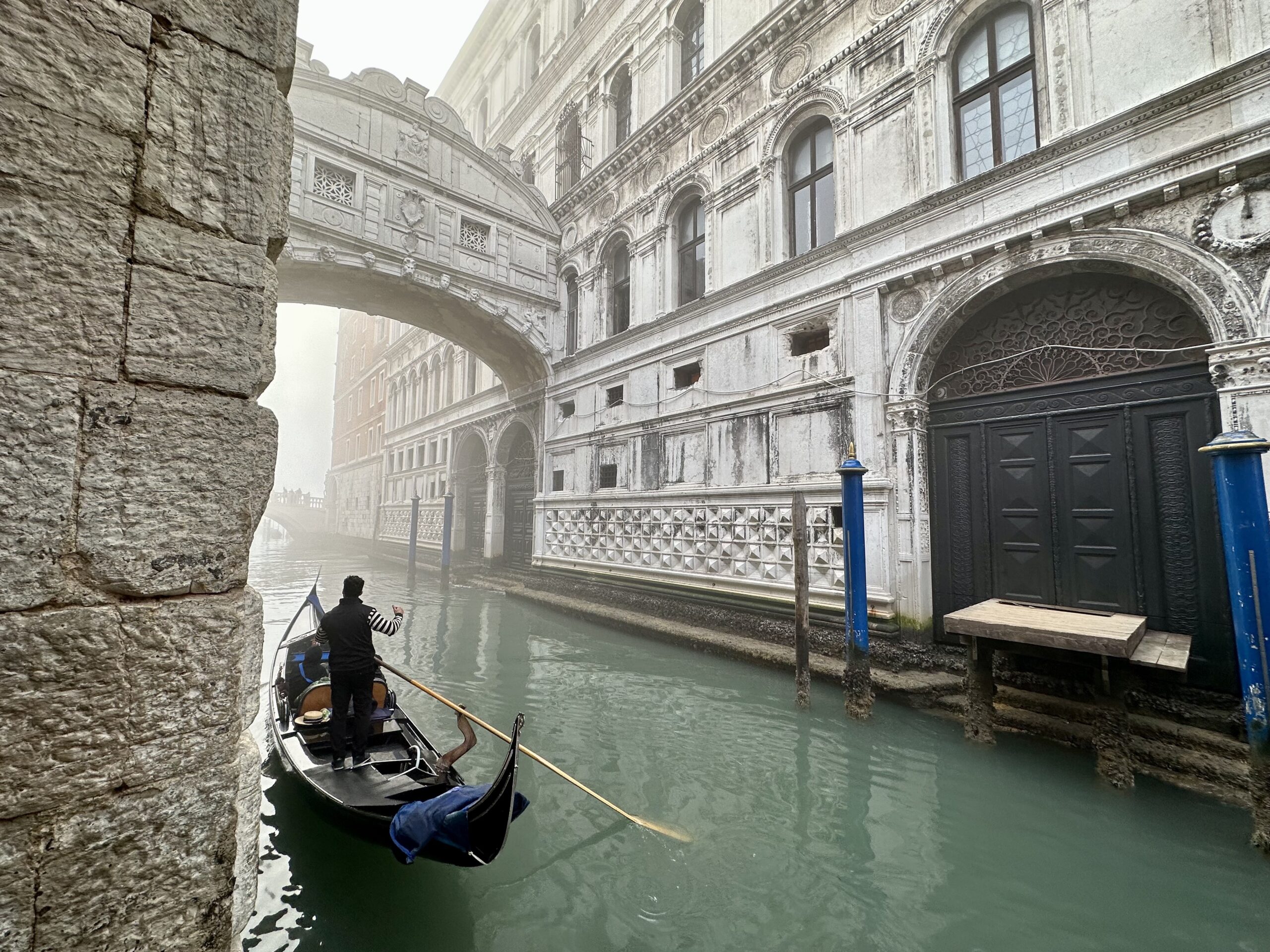
On the 5th of August 1497 several prisoners, led by parricide Lodovico Fioravante, managed to disarm the guards and started making their way outside, opening the cells of other prisoners as they fled. Among these were two Saracens who went out first through a privy: one of them drowned, while the other made it outside and started calling for a boat. He had not considered that a foreigner looking for a boat in the middle of the night near the prison might have aroused suspicion. The boat that eventually picked him up was in the service of the Council of the Ten, the most feared police officers in the Venetian Republic. They forced him to confess, and so learnt about the other runaways, who had remained inside the prison. Fioravante and the others refused to confess their escape attempt: they surrendered only after they were almost suffocated with smoke inside their cells and threatened with the death penalty.
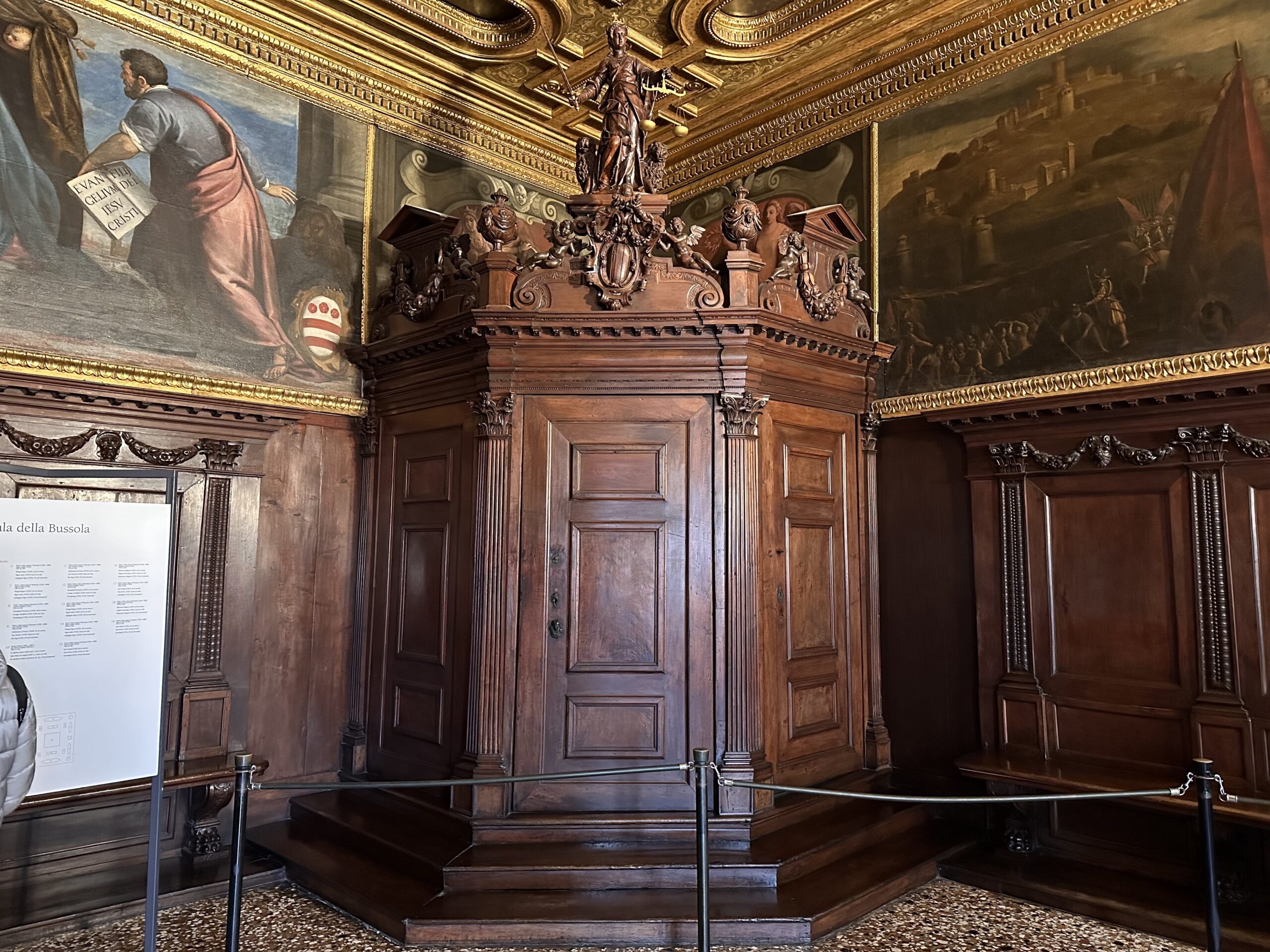
The guards were ordered to be more careful to avoid such risky episodes, but Fioravante and his companions did not give up. One year later they tried again, this time with a different strategy: they worked for several days on the walls of the prison and finally managed to break out, then fled to the monastery of San Giorgio Maggiore. There, they were able to change their clothes and, once disguised, get out of the city.
Prisoners and guards: who rules?
Corruption was widespread in the Venetian prisons: convicts with means could enjoy special privileges and become rather powerful. The following story shows how money could determine the result of an escape.
In December 1785, about 30 years after Casanova’s successful jailbreak, a group of 8 prisoners had crafted the perfect plan to gain their freedom. One of their wives would send metal tools hidden in a bottle of wine, the prisoners would then capture the guards, break through the roof and get away with the help of a friend waiting outside in the Rio di Palazzo in his boat.
The first glitch was that there was a stool pigeon in the group: he revealed everything to the police, hoping to get a reward. So, the police sent guards to inspect the cells to find the tools that would prove the escape attempt was real.
At this point, the unexpected intervention of another prisoner changed the course of events. He had lent money to almost everyone in the jail, both prisoners and guards. For this reason, he didn’t want his debtors to flee. He also didn’t want them to be discovered and sent to a different section of the prison. Thanks to his means and power, the door of his cell was always open: thus, he started running all around the prison warning everyone to throw away any escape tool they had.
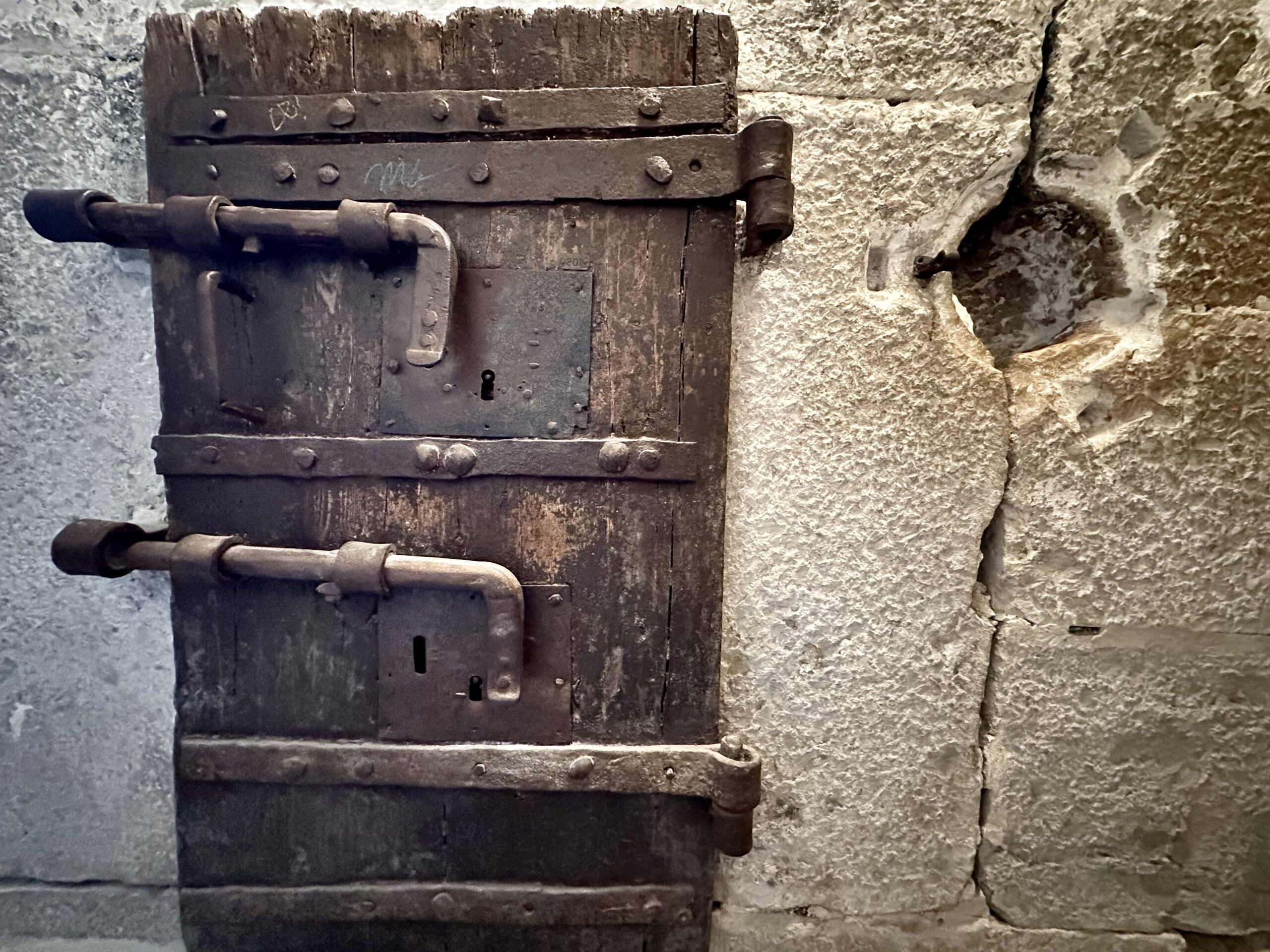
In the end, nobody could escape but nobody was found guilty, either!
What about the traitor? Of course, he didn’t get any reward and, fearing the revenge of his prison-mates, he asked to become a galley slave instead!
A wiser way towards freedom
Risky escapes were not the only way to get out of jail: pardons were often granted to those prisoners who offered services to the Venetian government. Such services normally consisted of providing information about other criminals, but there were also other opportunities. The following example is of special importance for the history of the Venetian prisons.
Around 1580 the Venetian Republic decided to create a new building to be used as a jail: this is the one we can still visit today and it is known as Prigioni Nuove (the New Prisons).
When the government asked for design proposals for the New Prisons, two blueprints were presented: one by the well-known architect Antonio Da Ponte and the other by Zaccaria Briani, a murderer serving a life sentence. If the former could guarantee professional skills, the latter could boast 22 years of on-site experience!
The commissioners liked Briani’s plan and decided to use some of his ideas together with those proposed by Da Ponte. The prisoner therefore had the right to claim a reward for his service. This reward took the form of a special permit to live outside of prison for 3 years: the only condition was that he had to remain at the disposal of the commissioners in case they needed his expertise during construction. At the end of the three years, Briani dutifully returned to prison, and spent the rest of his life inside the jail he himself had designed.
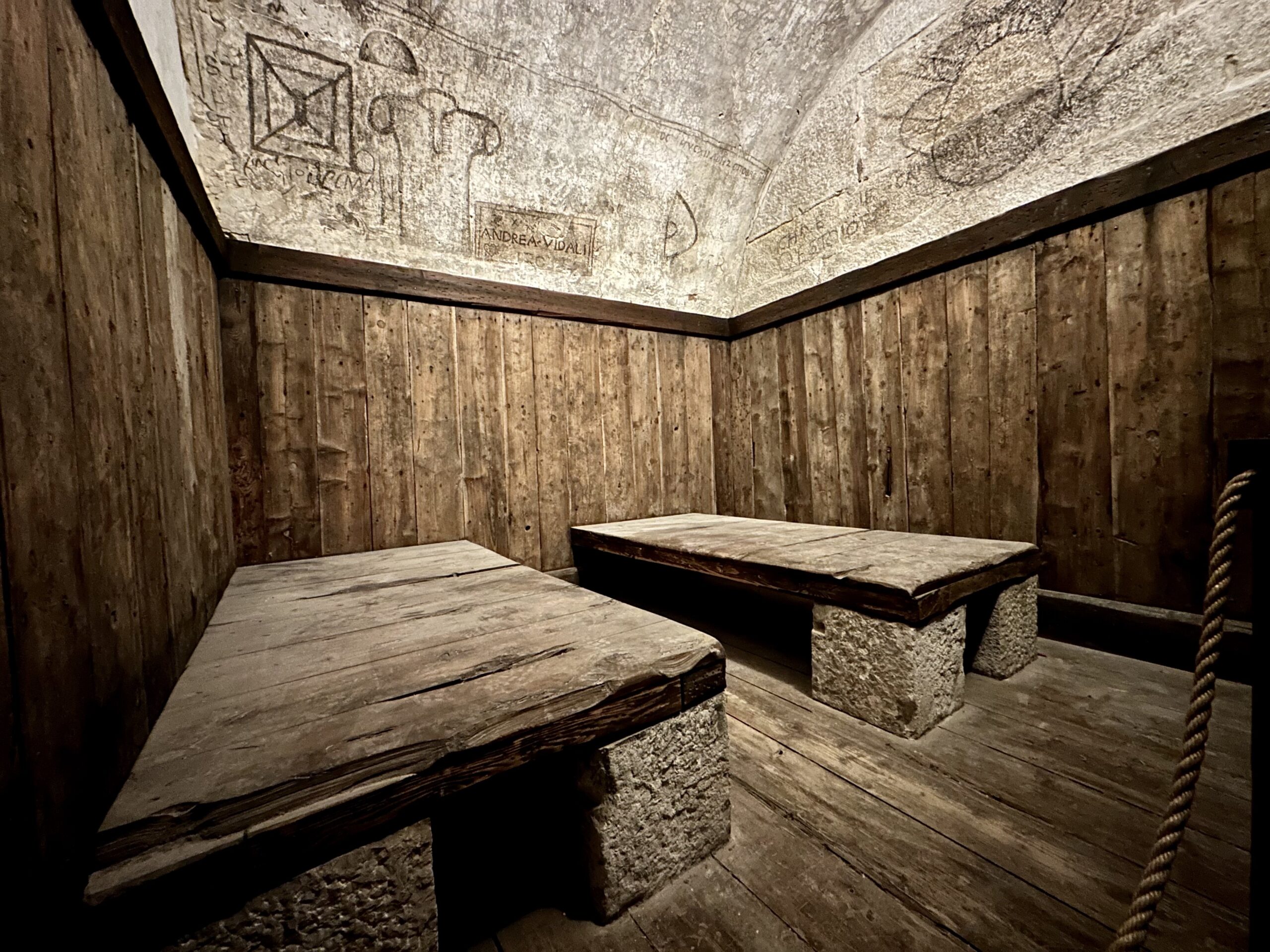
These are just a few of the many intriguing stories that took place in the prisons of Venice: visit the Doge’s Palace with us to discover more about justice in the Venetian Republic.

